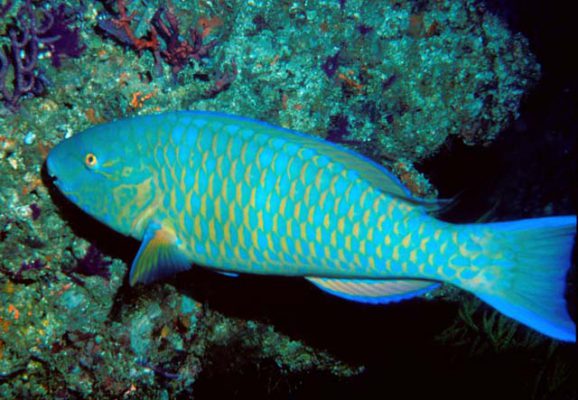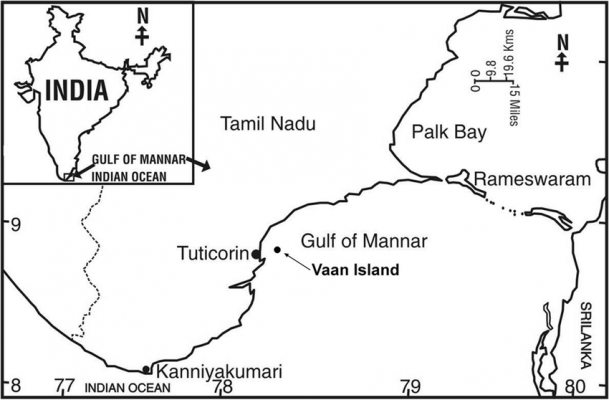- Home
- Prelims
- Mains
- Current Affairs
- Study Materials
- Test Series
Daily Current Affairs | 6th June 2020
What Does the Periodic Labour Force Survey Tell Us?
Periodic Labour Force Survey (PLFS) is an initiative aimed at generating estimates of various labour force indicators. The National Sample Survey Office (NSSO) under the Ministry of Statistics and Programme Implementation conducts the survey.
Quarterly survey (For urban areas only) captures only the current weekly status (CWS) data. Annual survey (For both rural and urban areas) measures both the usual status and CWS. The survey was launched in 2017 and the first annual report was released (July 2017-June 2018), covering both rural and urban areas, in May 2019.


- Key employment and unemployment Indicators covered included Labour Force Participation Rates (LFPR), Worker Population Ratio (WPR), and Unemployment Rate (UR).
- LFPR is defined as the percentage of persons in labour force (i.e. working or seeking or available for work) in the population.
- WPR is the percentage of employed persons in the population.
- UR is the percentage of persons unemployed among the persons in the labour force.
- India’s unemployment rate improved from the 45-year high of 6.1% in 2017-18 to 5.8% in 2018-19.
- The labour force participation rate also improved marginally, from 36.9% in 2017-18 to 37.5% in 2018-19. The report shows the dip came across all categories, though women and rural workers showed the most improvement.
- Women’s unemployment fell from 5.7% to 5.2%, while male unemployment only fell from 6.2% to 6%.
- Urban unemployment was still at a high of 7.7% in 2018-19, a marginal drop from 7.8% in 201718, while rural unemployment fell from 5.3% to 5%.
- These forests will work as lungs of the cities and will primarily be on the forest land in the City or any other vacant land offered by local urban local bodies.
- Biodiversity conservation has traditionally been considered confined to remote forest areas but with increasing urbanisation a need has arisen to safeguard and save biodiversity in urban areas also. Urban forest is the best way to bridge this gap.
- The ‘#iCommit’ initiative, driven by Energy Efficiency Services Limited (EESL), under the administration of Ministry of Power, Government of India is uniting a diverse set of players such as Governments, Corporates, Multilateral and Bilateral Organisations, Think Tanks and Individuals.
- The ‘#iCommit’ initiative is centred around the idea of building an energy resilient future. The pre-requisite for that goal is to create a flexible and agile power system. A healthy power sector can help the nation in meeting the objective of energy access and security for all.
- Limited industrial activities and human interference has reduced the levels of pollution, increased the number of fish species and density and has improved the overall quality of marine water.
- There has been a remarkable reduction in macro and meso-plastic pollution levels at eight locations along the coast.
- Another major outcome of the study is the increase in the number of species of coral reef fish, from 89 in February to 96 in May, in the Thoothukudi group of islands of Gulf of Mannar. The average fish density has also increased by 22%.
- During the lockdown, the population of Scarus ghobban (parrot fish) has increased by 39%.

- Scarus ghobban, also known as the blue-barred parrotfish, blue trim parrotfish, cream parrotfish, globe-headed parrotfish, green blotched parrotfish, yellow scale parrotfish, and bluechin parrotfish, is a species of marine ray-finned fish in the family Scaridae.
- This species is blue-green to green in colour and commonly grows to approximately 46 cm. Its appearance is variable. It may have a central stripe on the dorsal and anal fins that is pink in colour. The underside of the body may be pinkish or yellowish. There may be blue markings around the area of the pectoral fin.
- It occurs in places with sandy bottoms and in areas with seagrass. It is also known to live in marginal reefs and in deeper waters
- Scarus ghobban is widespread throughout the Indo-Pacific, known to live in waters from East Africa to Indonesia. It has also been found in the Mediterranean, likely having entered by way of the Red Sea. It also occurs at the Galapagos Islands as well as Japan, south to Australia and east to French Polynesia.

- The Gulf of Mannar is endowed with three distinct Coastal ecosystems namely coral reef, seagrass bed and mangroves.
- It is considered one of the world’s richest region from a marine biodiversity perspective. It is known for its unique biological wealth and is a store house of marine diversity of global significance.
- The Gulf’s 4,223 species of plants and animals representing from primitive to higher forms make it one of the richest coastal regions in India.
- Most of the islands have luxuriant growth of mangroves on their shorelines and swampy regions. The sea bottom of the inshore area around the islands are carpeted with seagrass beds which serve as ideal feeding ground for Dugong dugon, the endangered herbivorous marine mammal.
- Highly productive fringing and patch coral reefs surround the islands and are often referred to as underwater tropical rainforest and treasure house for marine biodiversity, in particular marine ornamental fishes. Occurrence of these specialised ecosystems makes Gulf of Mannar an unique large marine ecosystem in the Indian subcontinent.
- The Gulf of Mannar Biosphere Reserve occupies a prominent place in the cultural heritage and history of India. The famous pilgrim centre, Rameswaram, which finds place in the epic Ramayana (one of the great epics of India) is situated in the gulf on the island of Pamban.
- Institutes of Eminence are institutions which are expected to make into top 500 world rankings in a decade.
- They have complete freedom to decide the curricula, hire domestic and foreign faculty and fix a fee structure of their choice.
- It comprises 10 public and 10 private educational institutions which will be selected based on the recommendations of Empowered committee.
- The Government has recently shortlisted 6 Institutions of Eminence (IoEs) including 3 from Public Sector and 3 from Private Sector.
- Rs. 1000 cr. grant will be given only to public institutions and no funds will be given to private institutions.
- These Institutions shall also be provided with autonomy –
- to admit foreign students up to 30% of admitted students;
- to recruit foreign faculty upto 25% of faculty strength;
- to offer online courses upto 20% of its programmes;
- to enter into academic collaboration with top 500 in the world ranking Institutions without permission of UGC;
- free to fix and charge fees from foreign students without restriction;
- flexibility of course structure in terms of number of credit hours and years to take a degree;
- complete flexibility in fixing of curriculum and syllabus, among others.
- Recently, UK’s roadmap for exiting the lockdown stated that people could expand their household groups to include one other household in the same exclusive group, in order to allow those who are isolated some more social contact, “and to reduce the most harmful effects of the current social restrictions, while continuing to limit the risk of chains of transmission.”
- This method would also allow some families to return to work by sharing childcare responsibilities.
- The idea is based on New Zealand’s model of household “bubbles”, an exclusive social group that is allowed to meet with each other amid the pandemic. The country followed this approach during the lockdown and allowed the expansion of the bubbles as transmission slowed and restrictions eased.
- People are allowed to extend their bubbles slightly to include caregivers or children who might be in shared care. It also applies to people who are living alone or a couple who wants the company of another one or two people.
- These people don’t need to live in the same household but must be local. “Always keep your bubble exclusive and keep it small,” the government’s advisory says.
- In case a member of the bubble develops symptoms, the entire bubble quarantines itself, preventing further spread of the infection.









 Latest News
Latest News
 General Studies
General Studies